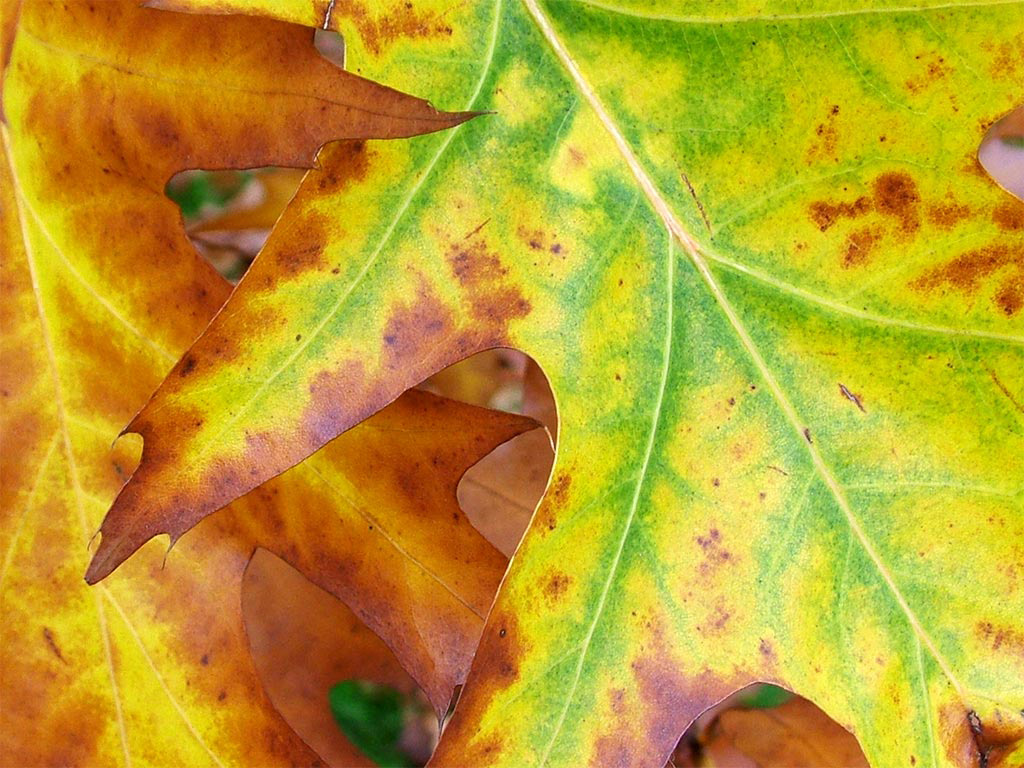There is always a sense of child-like wonder that is evoked by staring at that vibrant, multi-coloured silver maple en route to work. Indeed, why trees change their colour during the fall is the kind of question a father might have to answer for his curious five-year-old daughter. Yet changing leaves is such a basic part of our year that many may be quick to overlook it.
All plants rely on photosynthesis to convert sunlight into chemical energy. This process occurs in the cells of each leaf, where chloroplasts turn carbon dioxide and light into sugar for food.
Chlorophyll, a chemical present in chloroplasts, is responsible for the leaf’s green colour, as well as for capturing sunlight and triggering the photosynthetic process. When there is more sunlight, plants produce more chlorophyll to absorb it. This explains why trees are green during the summer.
This green pigment in chlorophyll masks two other pigments in the leaf: carotenes and xanthophylls. Xanthophylls contain oxygen and produce a yellow colour as they absorb sunlight and stabilize chlorophyll. Carotenes contain no oxygen and produce an orange colour. Unlike chlorophyll, the carotenes and xanthophylls are present in the leaf year-round, whereas leaves’ levels of chlorophyll depend on the amount of sunlight it receives.
As the weather worsens and daylight decreases, so do chlorophyll levels in plants. When the seasons change and sunlight becomes scarcer, leaves begin to store their food rather than photosynthesize it. The green from the chlorophyll fades at the end of summer, revealing the yellow-orange hue of carotenes and xanthophylls during the fall.
Interestingly, the redder tones of fall are less easily explained. Biologists know that the red colour comes from anthocyanins—a chemical which, like chlorophyll, is not present in the leaf year-round. Rather, anthocyanins are produced only during the fall, as chlorophyll is broken down.
Its function is less clear. Some hold that anthocyanins act as a kind of sunscreen, protecting nutrients in the leaf from sunlight and keeping it on the branch longer. William Hoch, a professor at Montana State University, conducted an experiment in 2001 using mutant trees that could not produce anthocyanins. He placed them in bright sunlight and cold temperatures, and found that leaves from these trees fell while they were still green.
According to Hoch, leaves are redder when external conditions are harsher. When temperatures are colder and the sun is stronger, a leaf requires more anthocyanins to provide it with the nutrients that keep it on the branch. With less sunlight and more rain clouds, trees need less anthocyanins and are therefore less red.
Leaves’ hues depend on the amount of external stressors; nutrient levels in the soil, pollution, and exposure to sunlight are just some of the elements that determine anthocyanin production. The main debate surrounding anthocyanin is how it responds to these different environmental stimuli. Experts are still at odds over which conditions produce the reddest leaves.
In any case, the spectrum of colours that emerges during the fall does so as green chlorophyll fades, revealing yellow xanthophylls and orange carotenes. Red anthocyanins are produced to protect nutrients and keep the leaf on the tree. Once the leaf runs out of moisture and nutrients, it falls to the ground.









